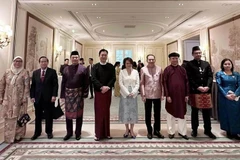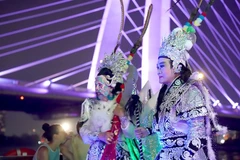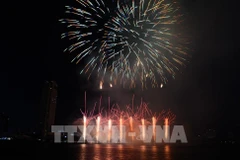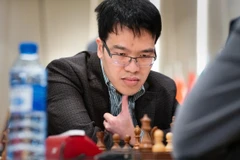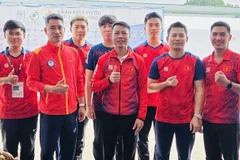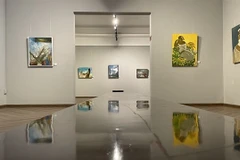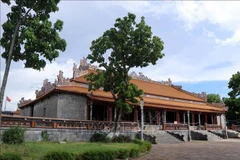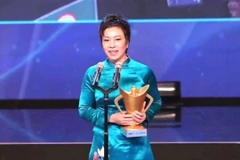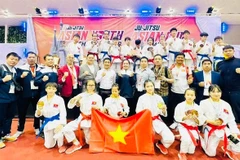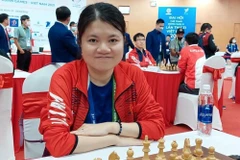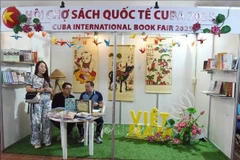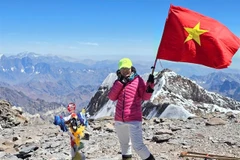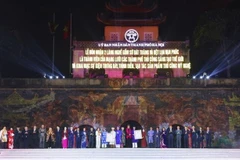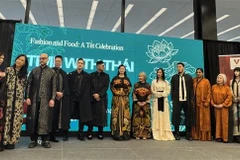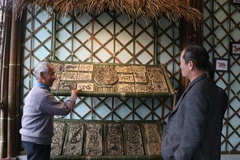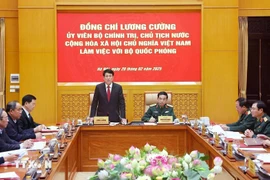
Hanoi (VNA) - The first days of the Lunar New Year (Tet) bring an air of joy as families and friends reunite and exchange well wishes. For many Vietnamese, this time is also marked by temple visits to offer prayers and seek blessings.
During the traditional Tet holiday, temples across Vietnam glow with vibrant decorations and candlelight. Many believe that stepping into these sacred spaces at the start of the year is not just about making wishes but also about embracing a moment of inner peace - leaving behind the burdens of daily life.
Visiting temples with a pure mind
Buddhist temples are havens of tranquility, where visitors can find rest for the mind and cleansing for the soul. Vietnamese people believe that visiting temples at the start of the year is more than just a ritual, it is a way to reconnect with spirituality.

According to Venerable Thich Tinh Giac, head of Phuc Son Temple in Hanoi’s Gia Lam district, religious customs vary across Vietnam’s regions. While northern, central, and southern Vietnam each have distinct ways of observing these traditions, sincerity remains at the heart of all temple visits.
People take great care in their actions during the early days of the year, believing that these first steps set the tone for the months ahead. Many visit temples to pray for good health, family harmony, and success.

Regional differences in temple offerings
In northern Vietnam, worshippers often bring offerings such as incense, fresh fruits, and flowers to express gratitude to Buddha and seek blessings. In contrast, in central and southern Vietnam, temples typically prepare offerings in advance, allowing visitors to enter, bow in prayer, and make donations at their own wishes without bringing any offerings.
Venerable Thich Tinh Giac said that the true essence of temple visits lies not in material offerings. By following the Five Precepts - abstaining from harming living beings, stealing, engaging in improper relationships, lying, and consuming alcohol - one cultivates a mind of clarity and kindness. Through this practice, wisdom grows, enabling individuals to let go and embrace forgiveness.

Finding peace and connection
For many Vietnamese, visiting temples in the early days of the new year is a way to immerse themselves in the spirit of spring while seeking inner peace.
Phan Huong, a resident of Hanoi, shared that her family visits the temple every year on the first day of Tet. To her, this tradition is an opportunity to teach her children about gratitude and cultural heritage.
Similarly, Le Thi Ly from Hanoi’s Hoan Kiem district treasures the annual temple visit as a time of reflection. After a year filled with responsibilities and challenges, stepping into the serene temples allows her family to find peace and relaxation while also preserving an important cultural tradition.
Venerable Thich Tinh Giac believed that taking children to temples is a meaningful practice. When introduced early to the values of compassion and mindfulness, children are less likely to be drawn into negative influences. Instead, they grow up with a deep respect for others, guided by understanding and kindness.
Even as modern life accelerates, this timeless custom endures. For generations, the practice of visiting temples at the start of the Lunar New Year has been a fundamental part of Vietnamese culture. In these sacred spaces, Vietnamese people find not only blessings but also a connection to their cultural heritage./.








